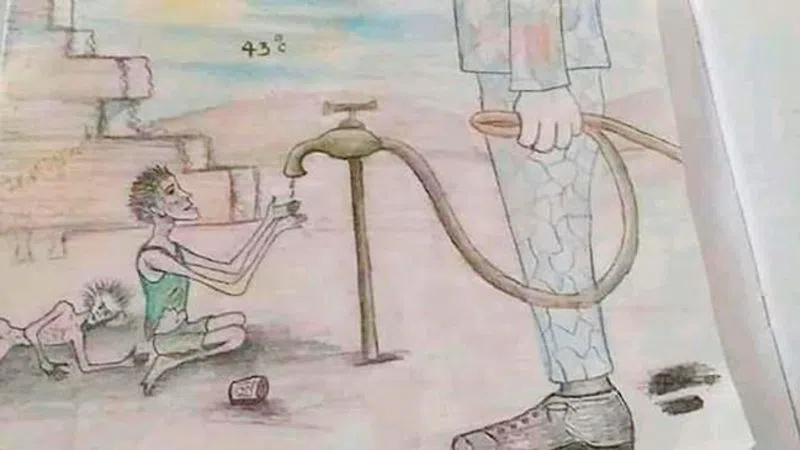
Migrant in Libya relives brutal detention through sketches
CAIRO — A guard withholds water from a barefoot migrant kneeling in front of him. An emaciated man lies on the ground while a thermostat reads a broiling 43 degrees Celsius. Refugees cower to the ground as bullets whiz by.
These rough pencil sketches by an Eritrean refugee offer a glimpse of the brutal reality of Libya’s migrant detention centres, where thousands have been locked away for months or even years. Most are there after failing to make the perilous crossing to Europe through the Mediterranean Sea.
The artist asked to only be identified by his nickname, Aser, because he fears reprisals from militias for speaking out about what he says are “nightmare conditions” inside the centres. In a country with no functioning government, it is often competing militias who run the detention centres and make money off migrants.
The drawings are based on what Aser, 28, witnessed inside several migrant facilities in Tripoli between September 2017 and October this year. At night, he recalls, he awoke to the sounds of militiamen dragging migrants from their sleep and beating them to get ransoms from their families, mostly in sub-Saharan Africa. Guards withheld food, water and medicine for the same reason.
